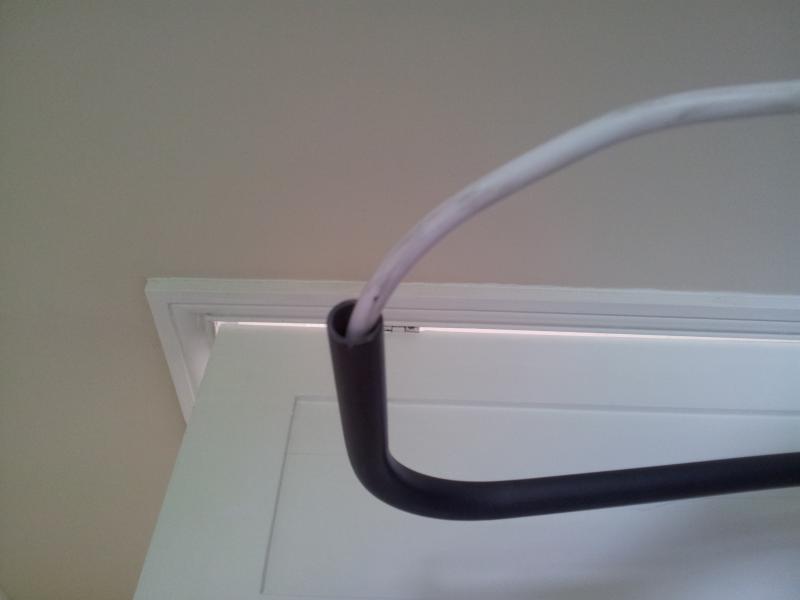Hi folks,
I've been lurking the forum for a little while now, have a few little projects on the go and am in need of some wisdom. First off, apologies if any of this is extremely obvious, I'm largely clueless on these matters.
Long story short, I have a half inch thick steel tube with a two core flex running through it. The flex will be hanging downwards so I think I just need to wire a lampholder on one end and a plug on the other.
So my questions are:
1) Am I ok to use a two core flex with a plastic lampholder even though the tubing is made of steel and screwed into the wall?
2) I'd hazard a guess that the lampholder itself shouldn't just be hanging, it needs to be attached/screwed into the opening of the tube - are there lamp holders/sockets that can screw into the tube opening or similar?
3) Any recommendations for a black lamp holder
Thanks in advance for any help!
I've been lurking the forum for a little while now, have a few little projects on the go and am in need of some wisdom. First off, apologies if any of this is extremely obvious, I'm largely clueless on these matters.
Long story short, I have a half inch thick steel tube with a two core flex running through it. The flex will be hanging downwards so I think I just need to wire a lampholder on one end and a plug on the other.
So my questions are:
1) Am I ok to use a two core flex with a plastic lampholder even though the tubing is made of steel and screwed into the wall?
2) I'd hazard a guess that the lampholder itself shouldn't just be hanging, it needs to be attached/screwed into the opening of the tube - are there lamp holders/sockets that can screw into the tube opening or similar?
3) Any recommendations for a black lamp holder
Thanks in advance for any help!



